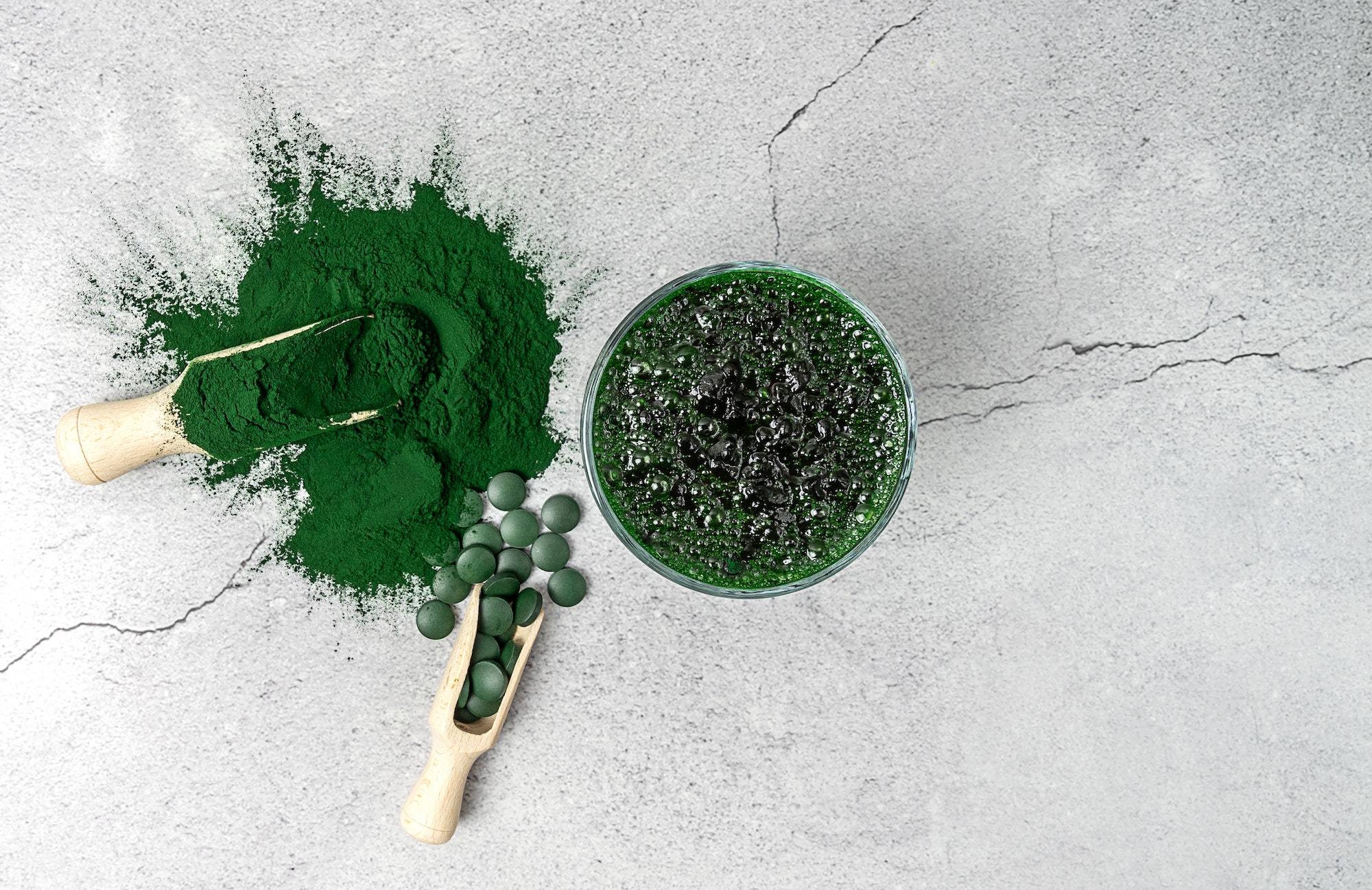Chlorella is a type of microalgae that has gained significant attention in recent years for its numerous health benefits and applications, particularly in the cosmetics industry. This green, single-celled freshwater algae is packed with essential nutrients, vitamins, minerals, and antioxidants, making it a popular supplement and ingredient in various products. In this article, we will explore the role of chlorella in cosmetics and discuss some of the other types of algae used in this industry.
Chlorella is known for its high levels of chlorophyll, which gives the algae its vibrant green color. Chlorophyll has been shown to have numerous health benefits, including detoxification, immune system support, and promoting healthy digestion. Additionally, chlorella contains a variety of essential fatty acids, amino acids, and nucleic acids that can help support overall health and well-being.
In the cosmetics industry, chlorella is often used as an active ingredient due to its high nutrient content and antioxidant properties. These antioxidants can help protect the skin from damage caused by environmental factors such as pollution and UV radiation. Moreover, chlorella’s anti-inflammatory properties can help soothe irritated skin and reduce redness associated with various skin conditions.
One of the primary reasons chlorella is used in cosmetics is its ability to promote collagen synthesis. Collagen is a protein found in the skin that provides structure and elasticity. As we age, our body’s natural production of collagen decreases, leading to sagging skin and wrinkles. Chlorella has been shown to stimulate collagen production, helping to improve skin firmness and reduce the appearance of fine lines and wrinkles.
In addition to chlorella, there are several other types of algae commonly used in cosmetics:
- Spirulina: This blue-green algae is another popular supplement due to its high protein content and rich nutrient profile. In cosmetics, spirulina is often used for its antioxidant and anti-inflammatory properties, which can help protect the skin from damage and promote a healthy complexion.
- Laminaria: Also known as kelp, this brown algae is a common ingredient in skincare products due to its high levels of vitamins and minerals, including iodine, potassium, and magnesium. Laminaria can help moisturize the skin, improve elasticity, and promote a healthy complexion.
- Dunaliella Salina: This green microalga is rich in beta-carotene, an antioxidant that can help protect the skin from damage caused by UV radiation. Additionally, Dunaliella Salina has been shown to have moisturizing and anti-aging properties, making it a popular ingredient in skincare products.
- Porphyra: Commonly known as nori or seaweed, this red algae is often used in cosmetics for its high levels of vitamins, minerals, and amino acids. Porphyra can help nourish the skin, reduce inflammation, and promote a healthy complexion.
- Haematococcus pluvialis: This freshwater green microalga is a natural source of astaxanthin, a powerful antioxidant that has been shown to have numerous health benefits. In cosmetics, astaxanthin can help protect the skin from damage caused by environmental factors such as pollution and UV radiation while also promoting a youthful appearance.
In conclusion, chlorella and other types of algae play an essential role in the cosmetics industry due to their high nutrient content and various health benefits. These microalgae can provide numerous advantages for the skin, including protection from damage, improved elasticity and firmness, and reduced inflammation. As research into the potential applications of these algae continues to grow, we can expect to see even more innovative products harnessing their power for improved skin health.

